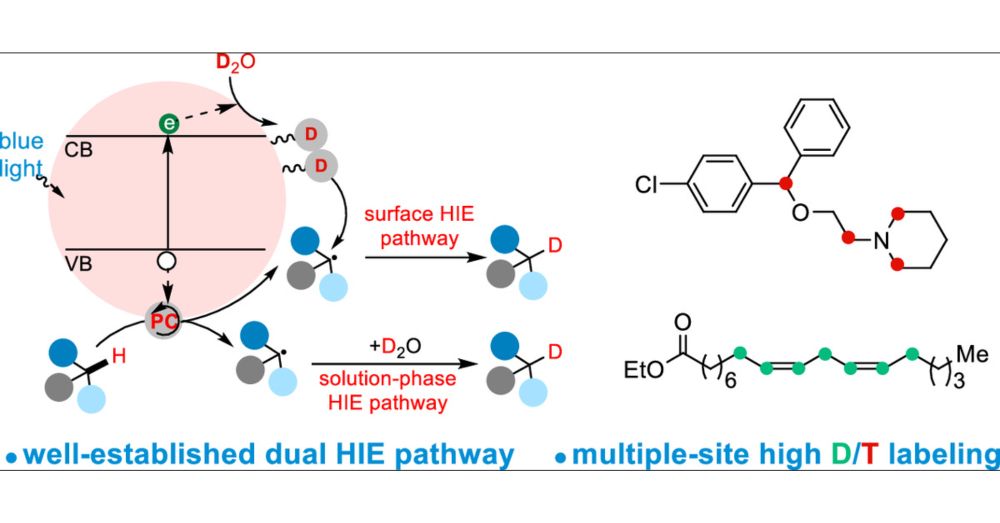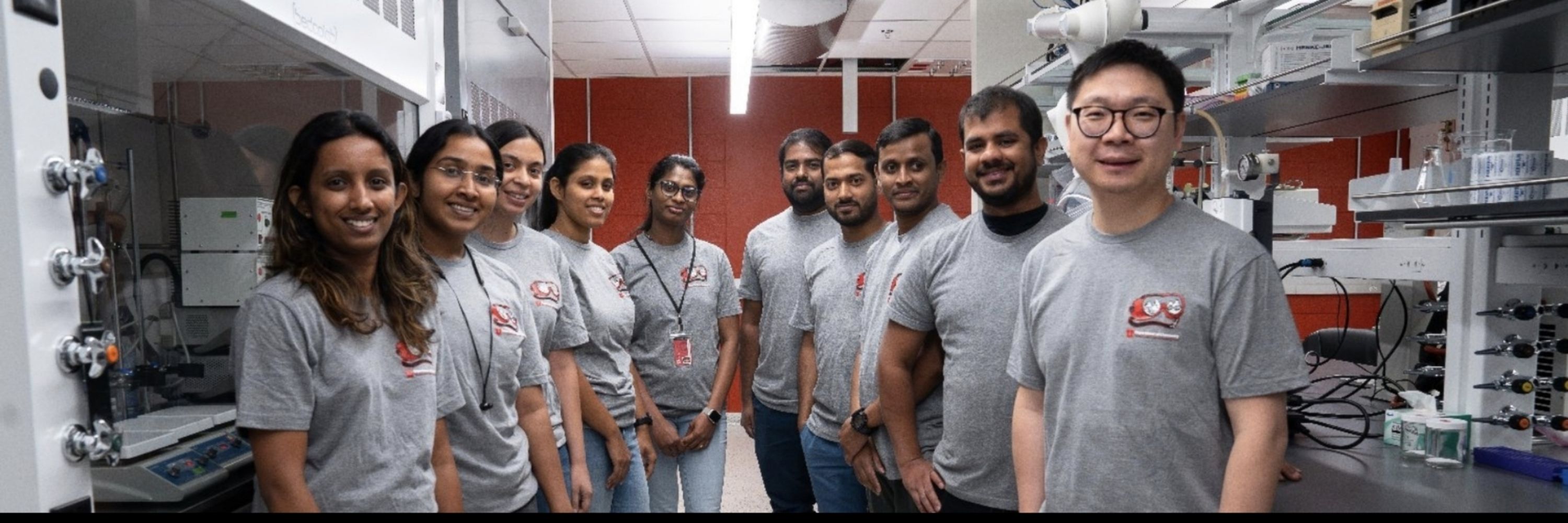
Website: https://luo.chem.utah.edu/
advanced.onlinelibrary.wiley.com/doi/10.1002/...
@utahchemistry.bsky.social @NSF_CSOE

advanced.onlinelibrary.wiley.com/doi/10.1002/...
@utahchemistry.bsky.social @NSF_CSOE

Read more about the event and each of our awardees:
www.chemistry.utah.edu/awards/2025-...

Read more about the event and each of our awardees:
www.chemistry.utah.edu/awards/2025-...
@nsf-csoe.bsky.social Teamwork and collaboration with @yaoyang-cornell.bsky.social and PNNL!
pubs.acs.org/doi/full/10....

@nsf-csoe.bsky.social Teamwork and collaboration with @yaoyang-cornell.bsky.social and PNNL!
pubs.acs.org/doi/full/10....

, and postdoc Mike Pence, are bringing automation to the quantitative analysis class @utahchemistry.bsky.social ! Thanks @rescorp.org @NSF for funding support! #modernize analytical chemistry labs!


, and postdoc Mike Pence, are bringing automation to the quantitative analysis class @utahchemistry.bsky.social ! Thanks @rescorp.org @NSF for funding support! #modernize analytical chemistry labs!
pubs.acs.org/doi/full/10....

pubs.acs.org/doi/full/10....
#ACSFall2025 #chemsky




#ACSFall2025 #chemsky
Read more about the event:
www.chemistry.utah.edu/history/chem...
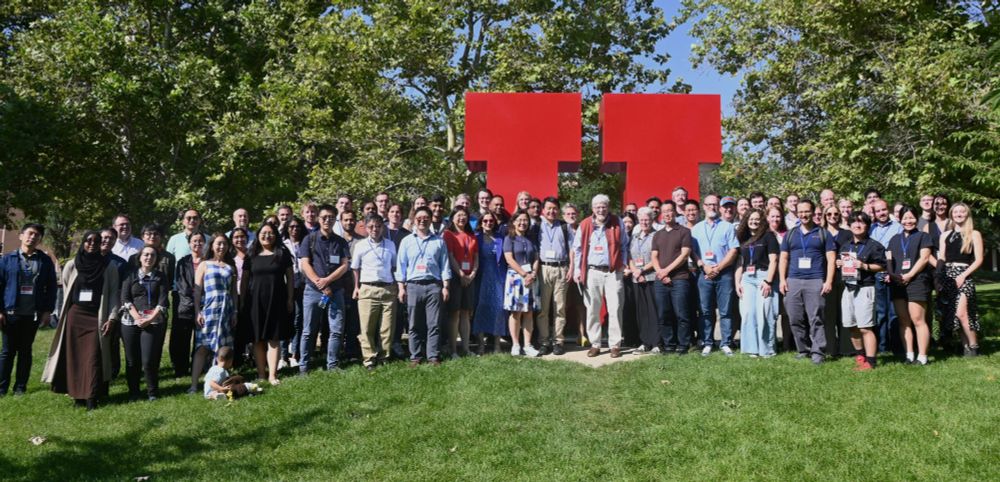
www.chemistry.utah.edu/awards/postd...

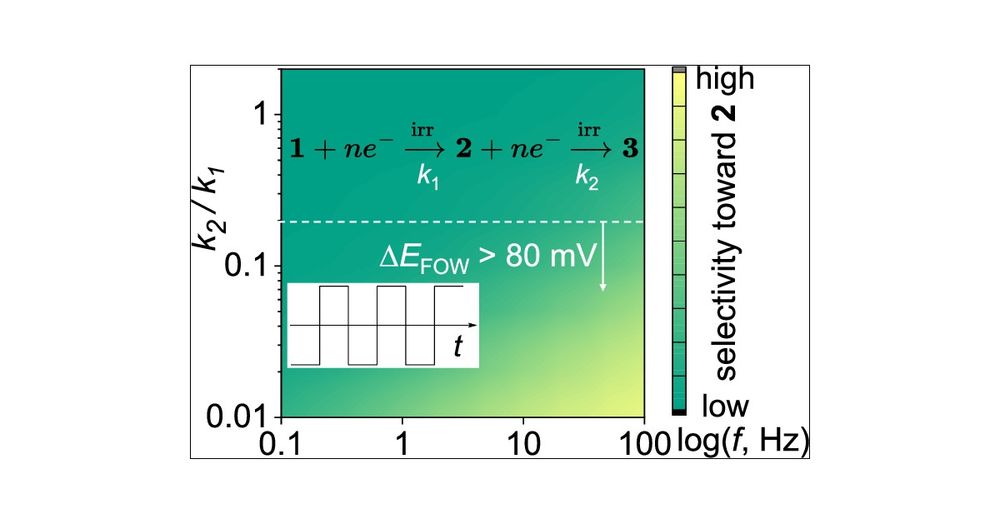




@minteerlab.bsky.social , TD, Siegi, and Lane @bakergrp.bsky.social for the continued support!
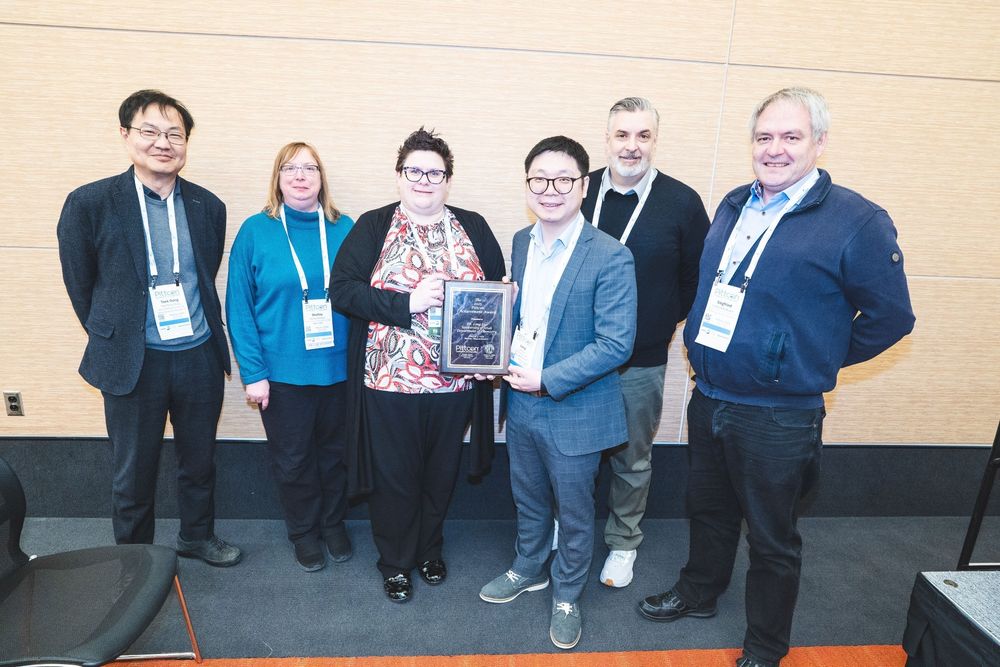
@minteerlab.bsky.social , TD, Siegi, and Lane @bakergrp.bsky.social for the continued support!
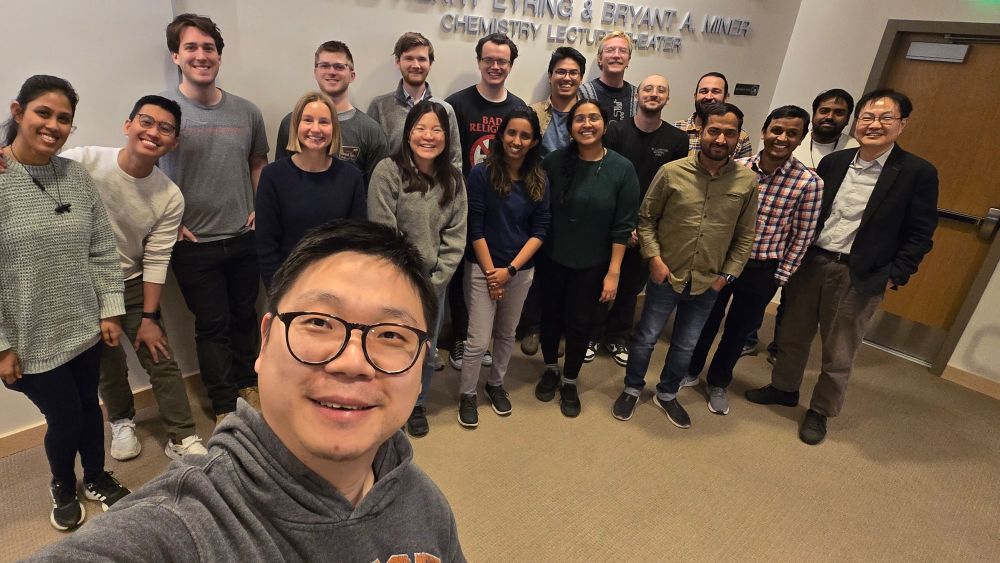
@utahchemistry.bsky.social! Great discussion during the interview!
Pittcon 2025: Long Luo Discusses His Laboratory’s Tetrahedron Approach chromatographyonline.com/view/pittcon... via
@LC_GC

@utahchemistry.bsky.social! Great discussion during the interview!
Pittcon 2025: Long Luo Discusses His Laboratory’s Tetrahedron Approach chromatographyonline.com/view/pittcon... via
@LC_GC
pacifichem.org/scientific-p...
pacifichem.org/scientific-p...
pubs.acs.org/doi/10.1021/...
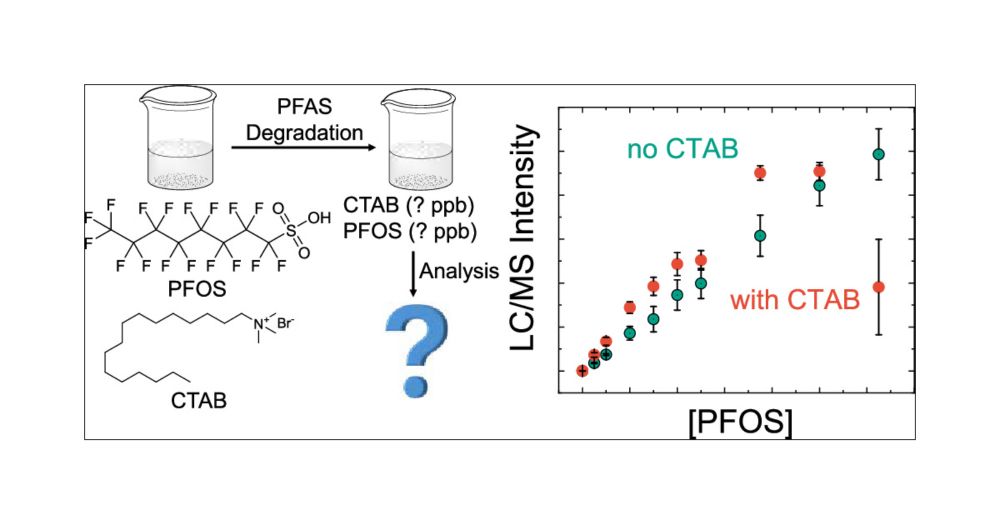
pubs.acs.org/doi/10.1021/...
@mattallen12345.bsky.social @waynestatechem.bsky.social
! Check it out:
pubs.acs.org/doi/full/10....
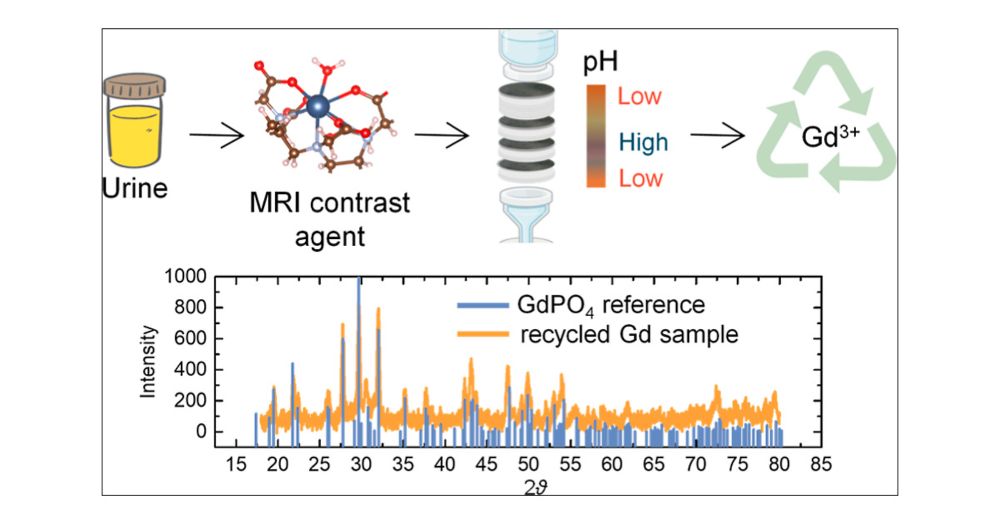
@mattallen12345.bsky.social @waynestatechem.bsky.social
! Check it out:
pubs.acs.org/doi/full/10....
pubs.rsc.org/en/content/a...

pubs.rsc.org/en/content/a...
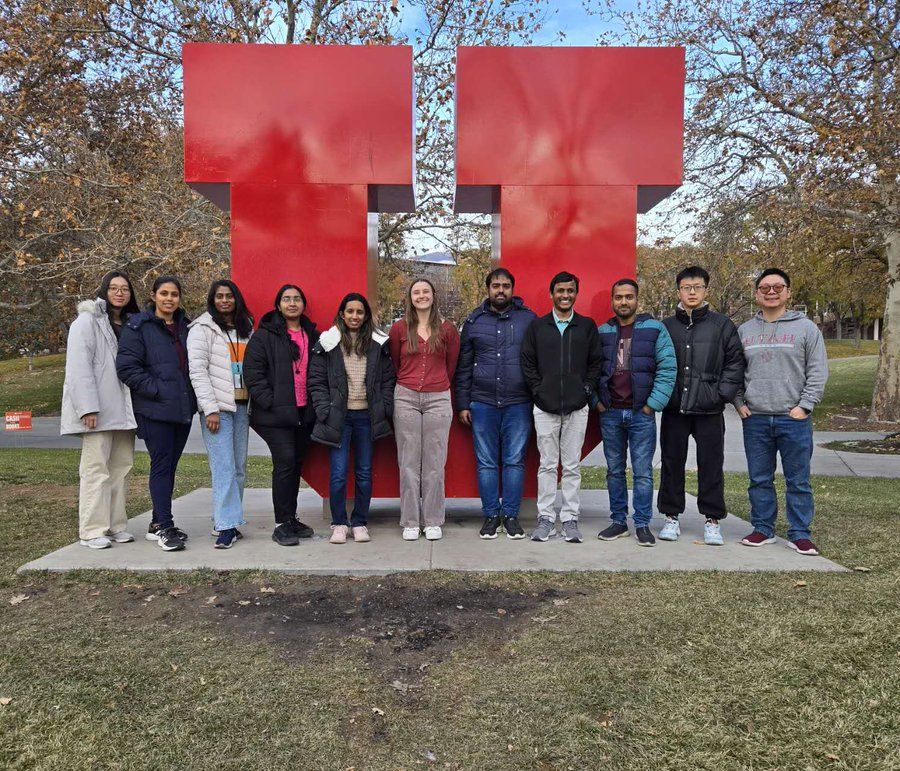
Apply by 12/1/24
clas.wayne.edu/chemistry/ne...

Apply by 12/1/24
clas.wayne.edu/chemistry/ne...
